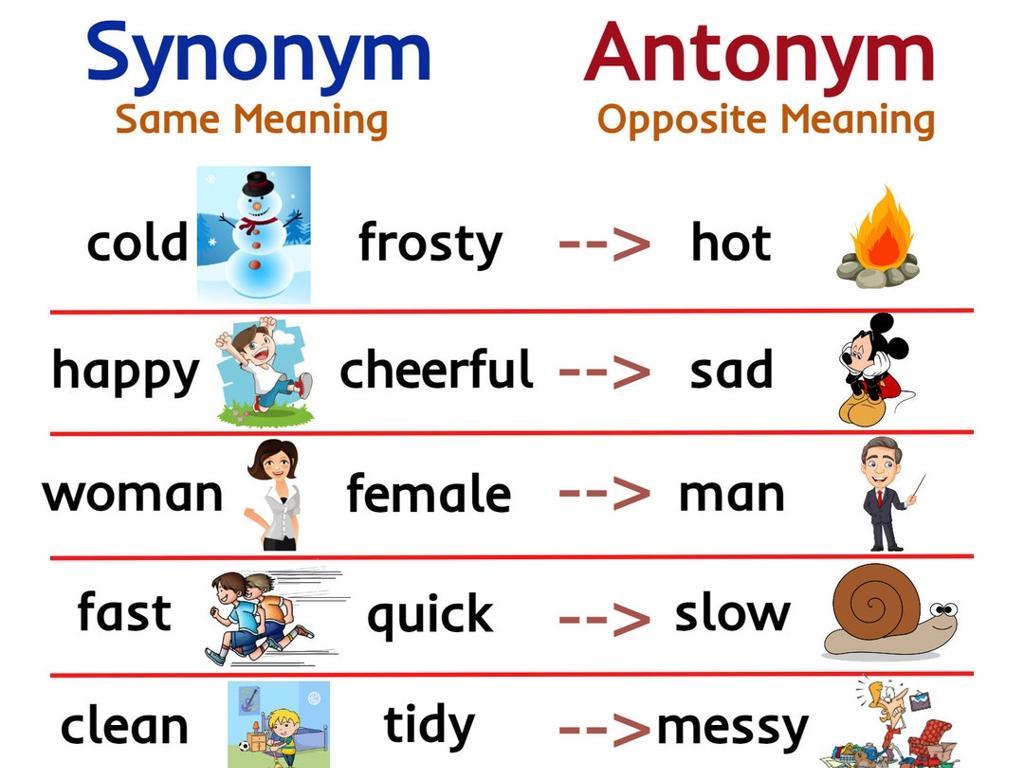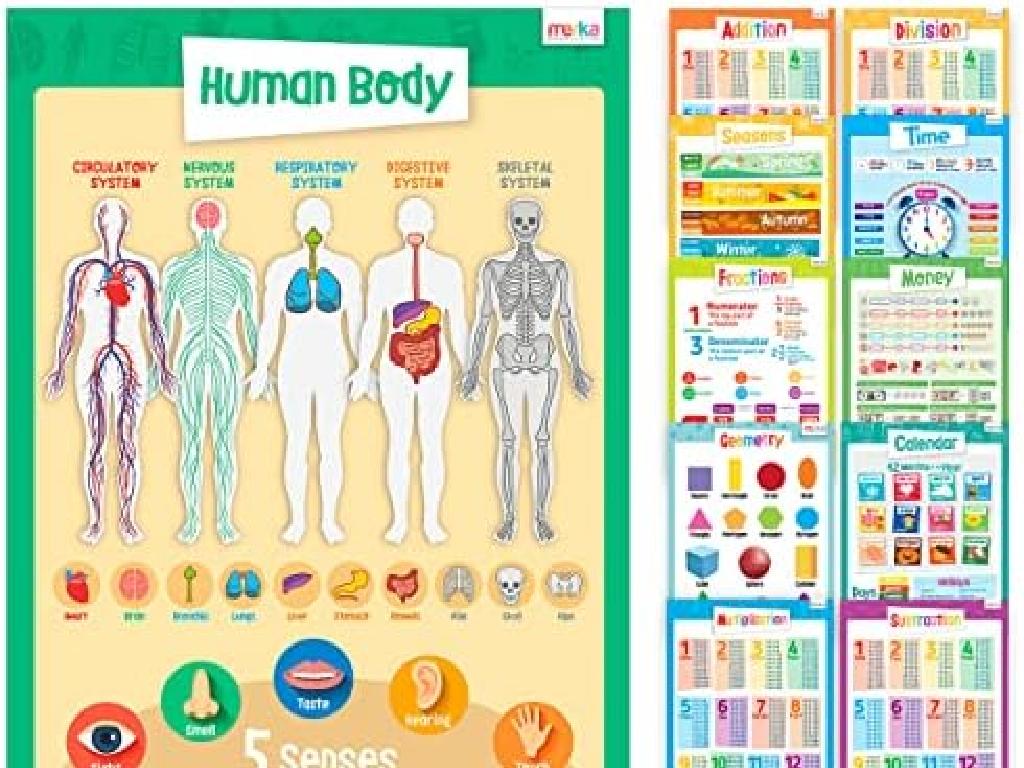Identify And Select Countries Of Africa: Region 4
Subject: Social studies
Grade: Seventh grade
Topic: Africa: Geography
Please LOG IN to download the presentation. Access is available to registered users only.
View More Content
Exploring Africa: Region 4
– Africa’s diverse geography
– Africa is not a monolith; it has deserts, mountains, and lush areas.
– Region 4: Key countries
– Learn about countries like Angola, Namibia, and Botswana.
– Geography’s role in culture
– How physical landscape influences lifestyle, traditions, and interactions.
– Historical significance of geography
– Geography has shaped trade routes, conflicts, and development.
|
This slide introduces students to the diverse geography of Africa, with a focus on Region 4. Emphasize that Africa is a vast continent with a wide range of climates and landforms. Highlight key countries in Region 4, such as Angola, Namibia, and Botswana, and discuss their unique geographical features. Explain how geography influences cultural practices, traditions, and social interactions within these countries. Additionally, discuss how the physical landscape has played a role in historical events, such as trade, conflicts, and the overall development of the region. Encourage students to think about how geography can shape the identity and history of a place.
Exploring Africa: Region 4
– Locate Region 4 on the map
– Find Region 4 near the equator, between longitudes 10°W and 40°E
– List countries in Region 4
– Countries include: Nigeria, Cameroon, and Chad
– Discuss Region 4’s geography
– Region 4 has diverse landscapes: deserts, rainforests, and savannas
– Understand Region 4’s features
– Features include Lake Chad and the Congo River Basin
|
This slide aims to help students identify and explore Region 4 of the African continent. Start by locating Region 4 on a map, which is centrally located near the equator and encompasses a variety of countries with diverse cultures and languages. Highlight key countries such as Nigeria, Cameroon, and Chad, and discuss their significance in the region. Dive into the major geographical features, including the vast deserts in the north, dense rainforests in the south, and the savannas in between. Emphasize important landmarks like Lake Chad, which is a critical water source for the region, and the Congo River Basin, known for its biodiversity. Encourage students to research more about the region’s climate, natural resources, and the challenges faced by its inhabitants due to geographical factors.
Exploring Africa’s Region 4
– List of Region 4 countries
– Includes Zambia, Malawi, Mozambique, Zimbabwe, and more.
– Capitals and official languages
– Lusaka is Zambia’s capital, English is the official language.
– Glimpse into history and culture
– Learn about the Great Zimbabwe ruins and Malawi’s Chewa heritage.
– Engage with cultural diversity
|
This slide aims to introduce students to the countries of Africa’s Region 4, focusing on their capitals, languages, and cultural heritage. Start by presenting the list of countries and then delve into the capitals and languages, highlighting the diversity within the region. Provide a brief historical context for each country, such as the significance of the Great Zimbabwe ruins and the Chewa people of Malawi. Encourage students to appreciate the rich cultural diversity and to consider how history has shaped the modern identity of these nations. This will set the stage for further exploration of the region’s geography, politics, and society.
Exploring Africa: Region 4 Geography
– Major geographical features
– Rivers like the Congo, mountains like Kilimanjaro, and the Kalahari Desert
– Climate zones’ impact on life
– How do savanna, tropical, and desert climates affect daily activities?
– Natural resources in economies
– Role of diamonds, gold, and oil in shaping local economies
– Class activity: Research project
|
This slide aims to introduce students to the physical geography of Africa’s Region 4, highlighting major rivers, mountains, and deserts. Discuss how these features are not just landmarks but also influence climate zones, which in turn affect the lifestyle of the inhabitants, such as their housing, clothing, and agriculture. Explore the natural resources like minerals and oil, and their significant impact on the economies of countries in this region. For the class activity, assign students to research one country within Region 4, focusing on the aspects discussed, and present their findings in the next class. This will help them understand the diversity and richness of the region and how geography plays a crucial role in the development of a country.
Human Geography of Africa: Region 4
– Population distribution insights
– Explore where people live and why
– Urban vs. rural lifestyles
– Compare city life to countryside living
– Cultural diversity in Region 4
– Discuss various cultures and languages
|
This slide aims to give students an understanding of the human geography in Africa’s Region 4. Discuss how population distribution can be affected by factors such as climate, resources, and history. Highlight the differences between urban and rural lifestyles, including the types of jobs, education, and healthcare available. Emphasize the rich cultural diversity, with a variety of ethnic groups, languages, and traditions. Use maps to show population density and photographs to illustrate urban and rural life. Encourage students to think about how living in different areas can affect one’s way of life and to appreciate the cultural richness that diversity brings to a region.
Challenges and Opportunities in Africa: Region 4
– Current challenges in Region 4
– Economic, social, and environmental issues
– Development and growth opportunities
– Infrastructure, education, and trade prospects
– International community involvement
– Aid, trade agreements, and global partnerships
– Case study: A Region 4 country
– Example: How one country is progressing
|
This slide aims to provide students with an understanding of the complex landscape in Africa’s Region 4, encompassing both the challenges these countries face and the potential for future development. Discuss specific challenges such as economic instability, social inequality, and environmental threats. Highlight opportunities that exist for development, including infrastructure projects, educational reforms, and trade initiatives. Explain the role of the international community through aid, trade agreements, and partnerships. Use a case study of a specific country within Region 4 to illustrate these points in a tangible way. Encourage students to think critically about how these factors interplay and what they can mean for the future of the region.
Class Activity: Exploring Africa’s Region 4
– Interactive mapping of Region 4
– Research and present a country
– Each group selects a different country from Region 4 to explore
– Create a travel brochure
– Include maps, facts, and attractions
– Highlight geography and culture
– Discuss landscapes, landmarks, traditions, and languages
|
This slide introduces an interactive group activity aimed at familiarizing students with the countries of Africa’s Region 4. Divide the class into small groups and assign each group a country within Region 4 to research. Students will map out their country’s location and gather information on its geographical and cultural features. They will then create a travel brochure that includes maps, key facts, and attractions, highlighting the unique aspects of their chosen country. This activity encourages teamwork, research skills, and creativity. It also helps students appreciate the diversity within a single region of Africa. Provide resources such as atlases, library access, and internet for research. Encourage students to look for interesting cultural elements, such as local cuisine, festivals, and languages, to include in their brochures.






